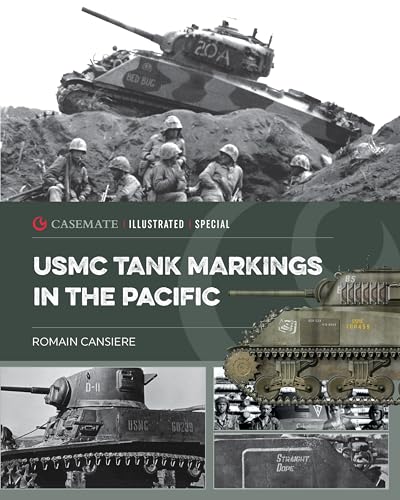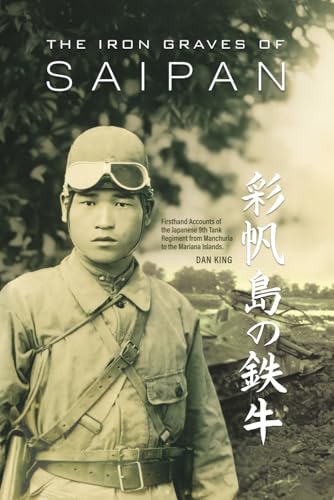
KV-1 & 2 Heavy Tanks 1939–45
by Steven J. Zaloga
Popularity
4.64 / 5
* A book's popularity is determined by how it compares to all other books on this website.
Where to buy?
Buy from Amazon* If you buy this book through the link above, we may receive a small commission at no extra cost to you.
KV-1 & 2 Heavy Tanks 1939–45 by Steven J. Zaloga
Details
War:
World War II
Perspective:
Tanks
True Story:
Yes
Biography:
No
Region:
Europe
Published Date:
1996
ISBN13:
9781855324961
Description
Brief Summary
KV-1 & 2 Heavy Tanks 1939–45 by Steven J. Zaloga delves into the fascinating history of the Soviet Union's heavy tanks during World War II. Named after Klimenti Voroshilov, the People's Commissar for Defence at the time, the KV tanks were a formidable surprise for the German forces in the early stages of Operation Barbarossa. Despite their slow speed, the KV tanks boasted heavy armor that initially rendered them difficult to penetrate with standard German anti-tank weapons. The book thoroughly examines the evolution of tank design from multi-turreted vehicles to the more effective single-turreted designs, focusing on the operational history and development of the KV-1 and KV-2 tanks.
Main Themes and Topics
A central theme in KV-1 & 2 Heavy Tanks 1939–45 is the evolution of tank design in response to changing military needs and technological advancements. Zaloga explores the shift from multi-turreted to single-turreted models, emphasizing how the development of more powerful German munitions necessitated heavier armor and changes in tank strategy. The author also details the design and operational deployment of these tanks, offering insights into their impact on battlefield strategies and the broader scope of World War II's Eastern Front.
Writing Style and Tone
Steven J. Zaloga is known for his clear and informative writing style, and KV-1 & 2 Heavy Tanks 1939–45 is no exception. He adopts a meticulous approach to the subject matter, providing detailed descriptions and analyses that are both engaging and accessible to readers with an interest in military history. Zaloga's tone balances technical detail with readability, ensuring that the book appeals to both enthusiasts and scholars of World War II history.
Criticism
While KV-1 & 2 Heavy Tanks 1939–45 is praised for its thoroughness and detail, some readers may find the abundance of technical information overwhelming. The focus on specifications and operational details, while insightful, might not appeal to those looking for a more general historical narrative. Additionally, some readers may wish for a broader contextual exploration of the KV tanks' impact beyond the immediate technical and operational aspects.









